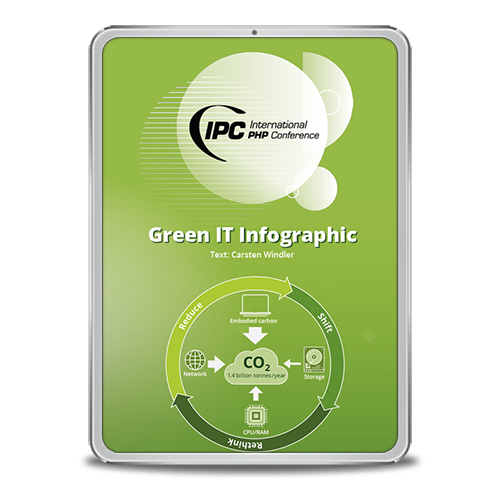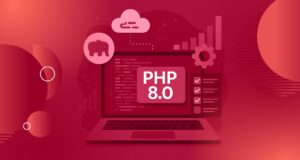Major Symfony releases like version 7 typically address cleanup and deprecate outdated features. New features are introduced in minor releases, with Symfony 6.4 being the latest example. This release schedule ensures stability for applications on long-term support releases. Upgrading to Symfony 7 is recommended for those who want to leverage the features coming in Symfony 7.1, which is expected by the end of May.
Symfony 7 does offer some improvements under the hood. It removes the previously deprecated templating functionalities for PHP-based templates, focusing solely on Twig engine support. Additionally, the release introduces a few new components to enhance development workflows.
- WebHook and Remote Event: This component simplifies receiving notifications from external systems and managing how your application responds to them.
- Scheduler: Schedule tasks to run periodically in the background without affecting your application’s performance.
- Asset Mapper: This component makes it easy to manage your application’s assets. It versions assets for efficient browser caching and utilizes the import map API, allowing modern browsers to import JavaScript files directly, eliminating the need for a bundler.
Migrating your application to Symfony 7 is relatively straightforward. By addressing any deprecated code usage flagged by your profiler or static analysis tools, you’re well on your way. Additionally, ensure your dependencies are compatible with Symfony 7. Upgrading them or contributing to their compatibility might be necessary. Finally, thorough testing after the upgrade is crucial.
In essence, Symfony 7 lays the groundwork for future innovations. Upgrading now ensures a smoother transition to the exciting features coming in Symfony 7.1 and beyond. Don’t hesitate to explore the new components and leverage Symfony’s open-source nature to contribute to its ongoing development!
IPC NEWSLETTER
All news about PHP and web development




